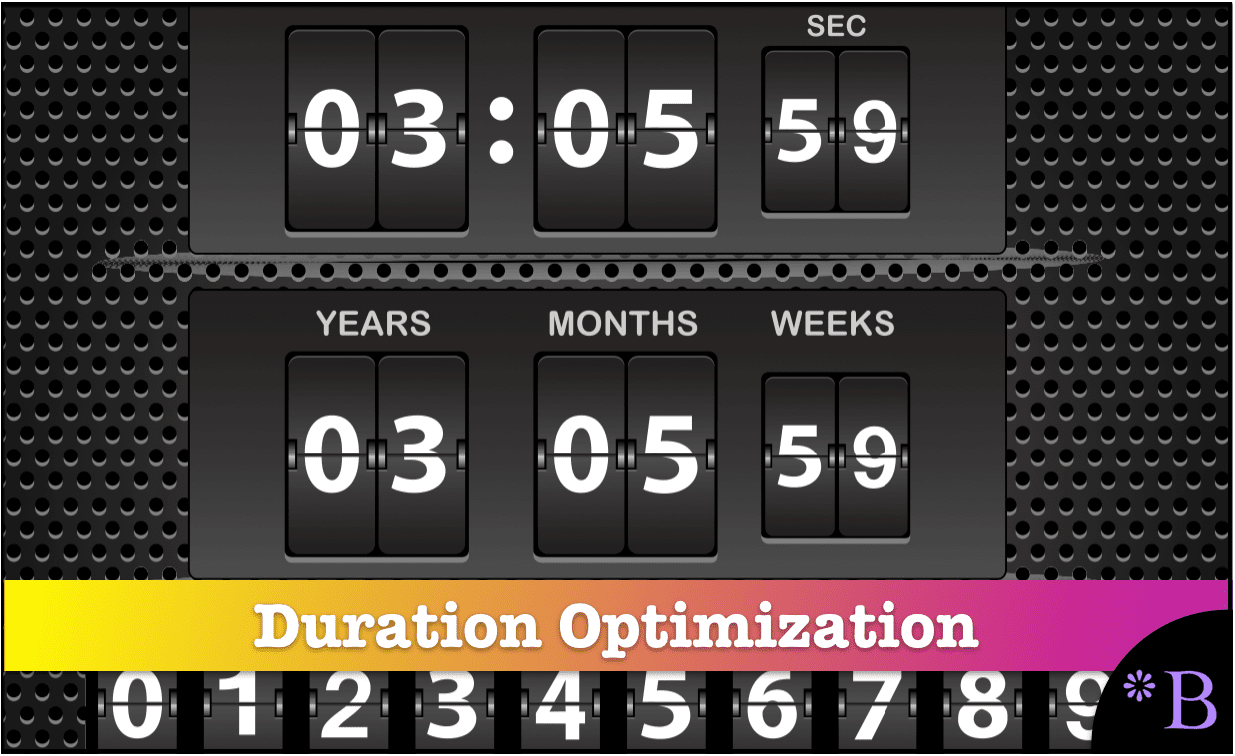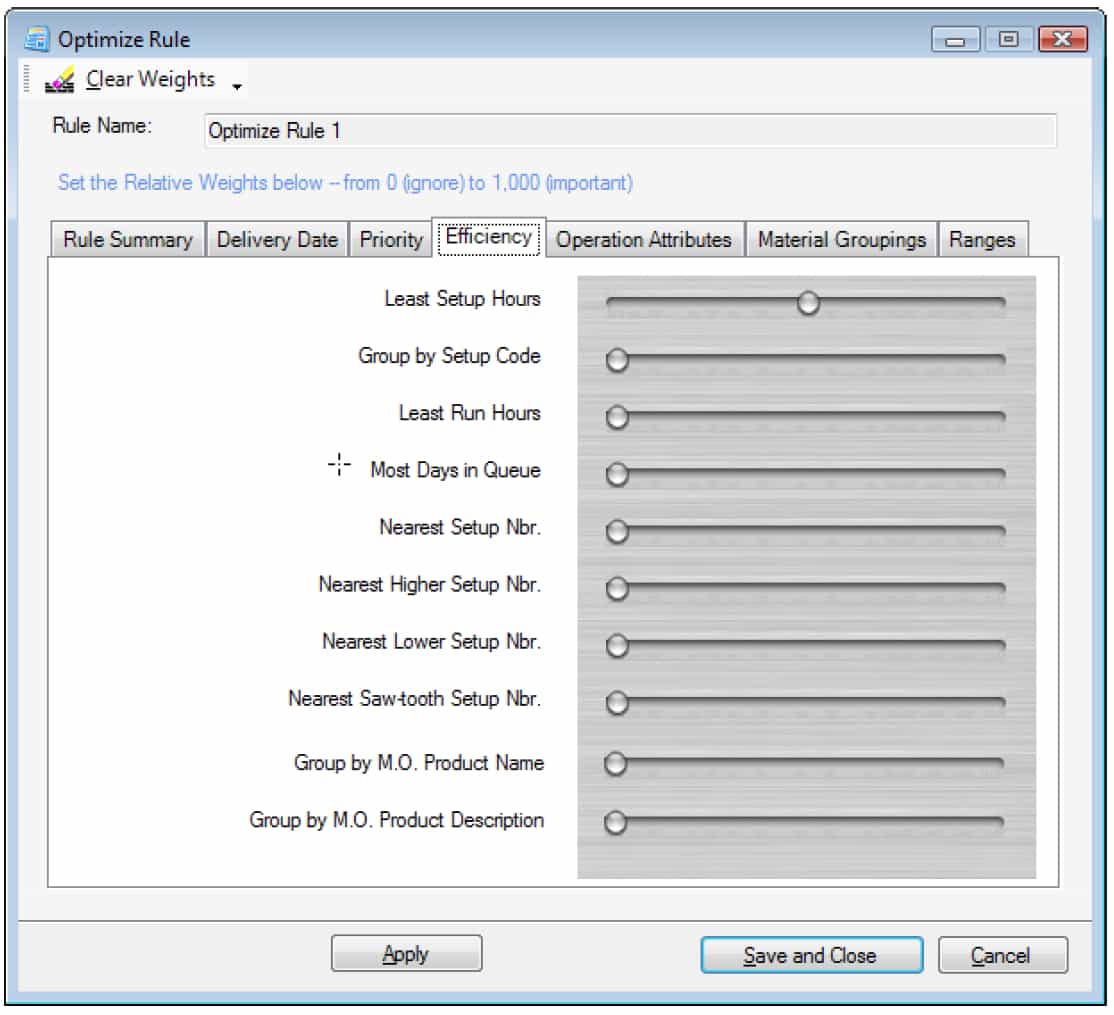How to Understand Duration Optimization for Production Scheduling
Executive Summary
- Duration optimization is the best fit for production planning and scheduling.
- We cover why duration optimization works so well.

Introduction
Cost-based optimization or cost minimization has been the most common way to perform supply planning, production planning, and scheduling optimization. Duration optimization means making the minimize objective time function of the optimizer. A duration optimizer requires that the amount of time it takes to perform setups, to perform operations, to transfer materials between locations, that all of the appropriate times be placed into the optimizer. Duration or time optimization offers some very significant advantages over cost optimization.
- Obtainability of the Control Data: It’s easier to agree on times than costs.
- The consistency of the Purpose: The real objective of companies in their manufacturing environment is usually to minimize times while meeting demand.
If you ask companies what their costs are for their setups or their costs of performing operations, they rarely know. And in fact, the answer changes depending on who you ask – this, of course, takes up time as individuals within the company disagree with each other on the costs. Secondly, costing does not have much to do with the groups that manage to manufacture.
The Impact of Having Costs Driving Scheduling Decisions
Accounting develops costing, and they develop it for their purposes. In fact, there has been a hearty debate between those that follow cost accounting versus those that follow throughput accounting, with the throughput accounting proponents claiming that cost accounting leads to poor decision making. When you look at the examples provided by the proponents of throughput accounting, they clearly have some superb points.
Regardless of who is right in this, I have never seen cost accounting costs placed into the optimizer in all of the cost optimization projects I have worked in. Instead, they are costs that are made up entirely for the optimization project. They are typically not audited outside of the optimizer project, have no meaning outside of the project, and aren’t even understood by many people. However, on the other hand, durations are both far easier to get, far less politically charged, and less subject to debate. A machine does take 50 minutes to the changeover.
Making Good Scheduling Decisions
An operation typically completes in 3.5 hours. And the manufacturing department in a company both keeps records of these durations. In fact, many people in the manufacturing department can quote to you at least some of these durations off the top of their head. That is an excellent thing because now you can access the data, but once place into the file format used by the optimizer, you can have those with manufacturing expertise within the implementing company go through the data and validate it before it becomes used by the optimizer.
The example duration optimizer I use in this article is the optimizer contained within the production planning and scheduling vendor (as well as superplant supply planning vendor) PlanetTogether. PlanetTogether has created what I consider the most simple to use and a flexible optimizer in any supply chain planning application. While cost optimization tends to be set once and often not changed for years, PlanetTogether’s Galaxy APS duration-based optimization engine allows for different weights to be applied to various factors such as setup hours or delivery date.

Galaxy APS not only allows companies to insert durations into the optimizer, but it can change the weight applied to each time category. These adjustments can be saved as optimization rules. Any saved optimization rule can be applied to any optimization run at any time. Or, the weights can be kept unadjusted for the durations but adjusted for other criteria. For instance, below, the Priority Tab is used, and the throughput criteria are available to be changed.
The Objective Function
The objective function is duration. However, costs can also be placed into the optimizer and saved as an optimizer rule. This is the multi-dimensional capability of PlanetTogether’s optimizer. This is a crucial differentiator on any optimizer and makes a tremendous difference regarding the implementation of the optimizer and its maintainability. This provides lots of flexibility to implementing companies, allowing them to optimize on the factors that they want to optimizer (and for which they have data) rather than having to covert the things that they want to optimize on into costs. Galaxy APS has an amazing number of criteria by which to optimize. Notice the number of criteria under just the Efficiency tab.
The multiple criteria listing provide an exceptional level of detail of control over these criteria. For example, one can choose to weight throughput or weigh profit more highly. To use this tab, it is necessary to find the throughput costs. These screenshots should be clear that Galaxy APS has many different ways of controlling its optimizer to provide the desired output.
These optimization rules fall into the following categories, each with its tab:
- Delivery Date
- Priority
- Efficiency
- Operation Attributes
- Material Groupings
- Ranges
Capabilities are flexibly assigned to resources in PlanetTogether. The schedule can be optimized and analyzed as to how the additional resources will impact the schedule.
Conclusion
We have covered optimization flexibility when a heuristic-based algorithm is used in conjunction with an optimizer as with PlanetTogether. Now we will build upon this topic as we optimize by financial key performance indicators.